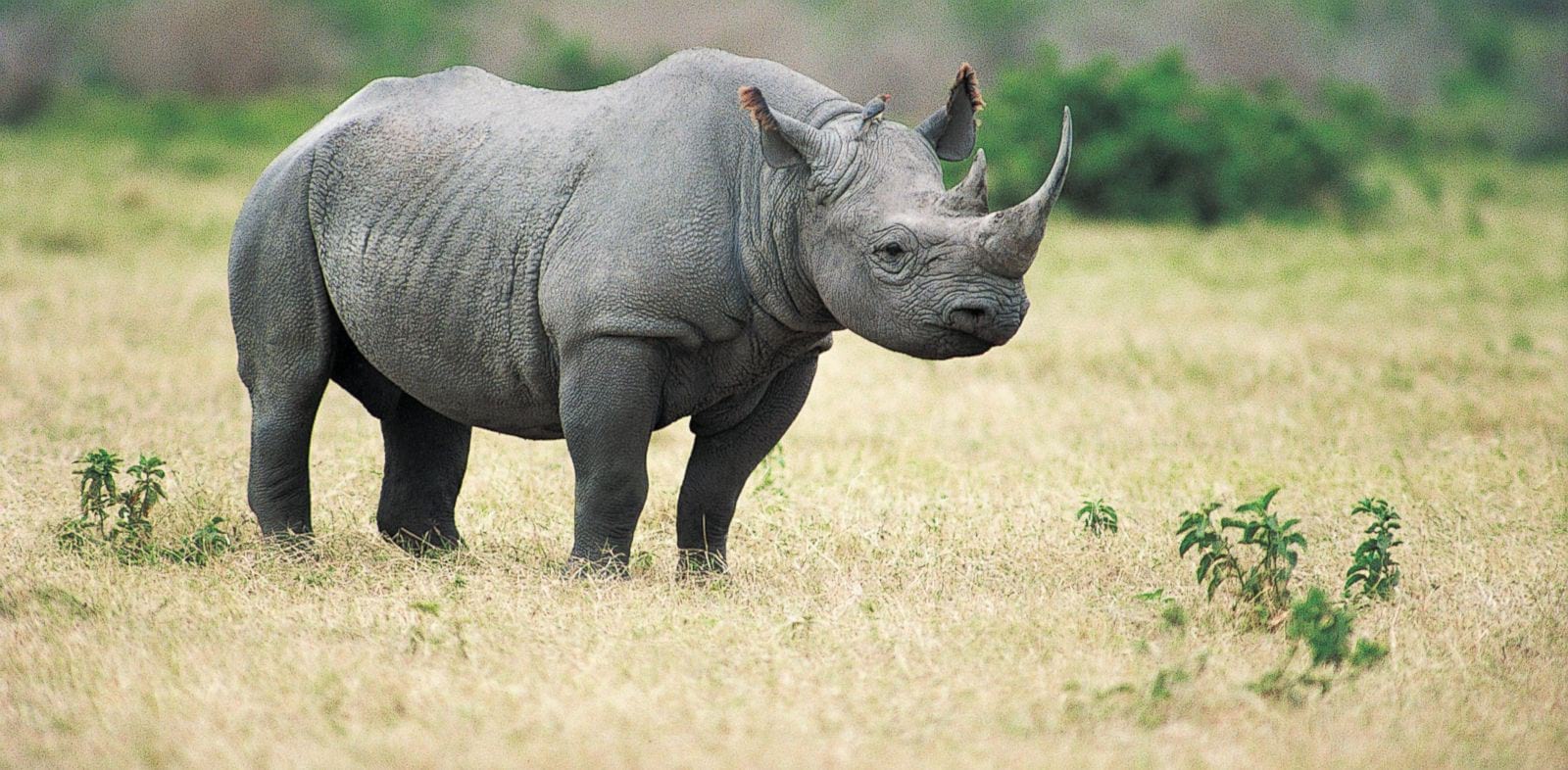Can you tell the difference between the Black and White Rhino
Many people, including myself have struggled to distinguish between the White and Black Rhino. The obvious and relatively easy trait is the shape of the lip. The Black Rhino has a hook shaped lip, while the White Rhino has a square shaped lip. If you can identify this trait, your halfway there!

I recently learned of a few other features that one can rely on to tell the difference between these two species of Rhino. Firstly, their size. The White Rhino (square-lipped) is much larger in size and weight than the Black Rhino. A white rhino female weighs approximately 1 700kg and a male 2 300kg, in comparison to the black rhino which weighs between 800- 1400kg.


Horn length, the white rhino’s front horn is much longer than the second horn. Whereas, the black rhino’s front horn is smaller than the second horn, however the difference in length and size between the first horn and second horn is not substantial.


Habitat, the White Rhino can be found in grassland and open Savanna, while the Black rhino is usually found in areas where the vegetation is thick and dense, with many bushes and shrubs. The shape of their lips is directly related to their habitat preferences. The White (square-lipped) rhino is a grazer, its wide mouth is an adaptation that helps them graze on grass in the grasslands and open savanna. The Black Rhino’s ‘hooked’ and pointed mouth allows him to grasp the leaves, shoots and branches that he feeds on. The black rhino is a browser


The Ears! The Black Rhino has smaller, rounder ears than the white rhino. The white rhino’s ears are tubular shaped and longer than those of the black rhino.
Social structures. White rhinos have complex social structures, whereas the black rhino are more solitary. The white rhino can be found in groups of up to 14, which are mostly composed of females and their calves. Adult male white rhinos are very territorial and defend their territories by marking them with scraped dung piles. The males territory are approximately one square kilometre, while the females territories are sometimes seven times larger than that. Breeding females are prevented from leaving a dominant male’s territory, which is marked and patrolled by the dominant male methodically. The males will engage in serious conflict when competing for a particular breeding female, sometimes inflicting serious wounds on each other and sometimes may result in death.
The black rhino have always had a reputation of being more aggressive and curious than the white rhino. It has been said that their difference in habitat plays a huge part in their behaviour. Black rhino are incredibly difficult to spot in thick vegetation, and if startled, they will defend themselves by charging the threat. The thick vegetation makes it hard for us to see them, and when we do see them, you are more than likely much closer than you should be. This is a problem as you are now in the animals comfort zone, and when you break into that zone, you are perceived as a threat. They will act aggressively as they feel threatened. The white rhino is perceived ‘less aggressive’ however, when you are walking or spot a white rhino, they are found in open savanna, which allows you to see them from a comfortable distance. You are not breaking the comfort zone, thus the animal will feel no need to be aggressive.
Tracks. The black rhino’s track has three distinctive toes with large thick toenails. The middle toe is large and wide, and the two outer toes are smaller. There are usually creases caused by the sole of the foot, which is noticeable in their tracks. Black rhino’s front foot tracks are approximately 24cm long.

The white rhino also has three toes, the middle toe is much larger than it’s two outer toes. The outer toes are located closer to the middle toe when compared to the black rhinos. On perfectly smooth surfaces, one can see that the sole of thee foot produces little block-shaped creases, which in fact is as unique as the human fingerprint. Each rhino having their own distinct foot print. This trait allows experienced trackers to identify specific rhinos in a reserve! The overall size of the track is bigger than that of the black rhinos, being approximately 29cm in length!

The mother and calf. The white rhino’s calf walks in front, with the mother using her horn to direct the calf by tapping it on the calf’s rear.

The black rhino mother walks in front of her calf, possibly because she is clearing a pathway of danger and threats for the baby.

I hope these factors have made you realize that telling the difference between a black and white rhino can be done quite easily, you don’t have to be an expert!
Just by identifying these facts you can recognize which species you are looking at, their difference is not in their colour at all as they are both grey! Look at the small unique qualities and you should be set!
